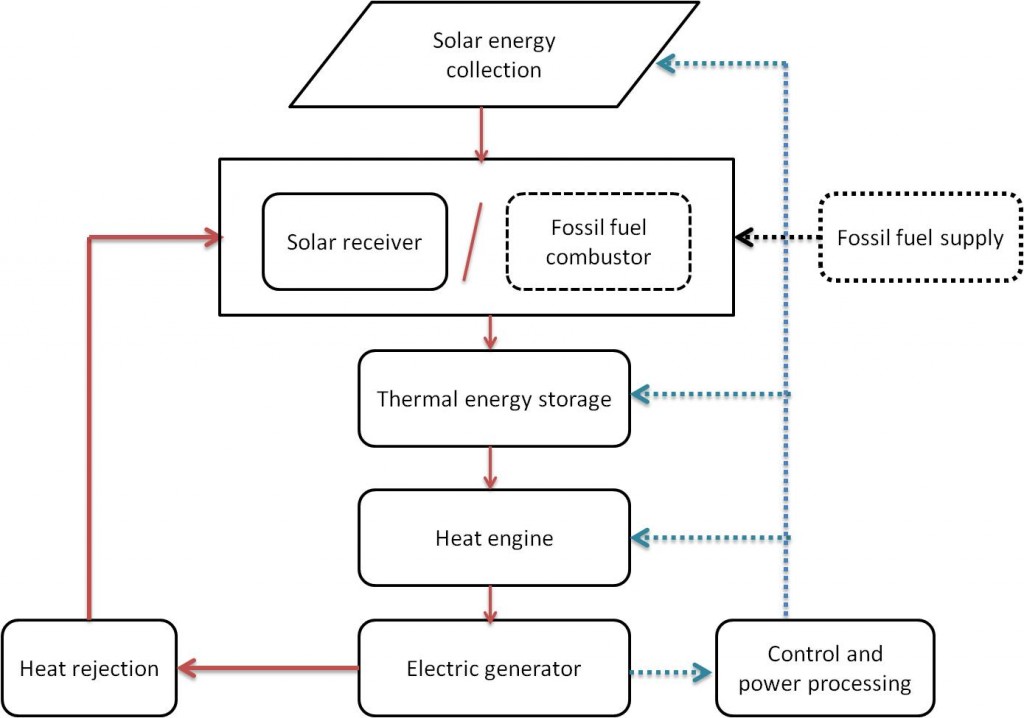An introduction of Concentrated Solar Power
(This is a series of articles on the various technologies that can be employed to trap the sun’s energy. This is the 3rd part of the series.)
We talked about Solar Photovoltaic cells in the previous article. This article will cover CSP or concentrated solar power. CSP aims to focus sun’s rays to a point which is used to boil water which generates steam and that is in turn used to produce electricity. Alternative systems may also use oil or molten salt for generating electricity but the basic principle remains the same.
Also sometimes called as Solar thermal power, the heat generated maybe used directly or maybe used for generating electricity depending on the user’s requirement. A CSP has essentially four basic components-
- Concentrator
- Receiver
- Transport or storage
- And a Power converter unit
Concentrated solar power systems use mirrors or lenses to focus sunlight into a high energy intensity beam. Since the sun travels between the tropics in its journey throughout the year and also during the day, all such systems need a tracking system for tarcking the sun in order to have a high efficiency.

Molten salt: after working with a variety of fluids, molten salt is regarded as best for it is a low cost, efficient, non-toxic and has higher operating temperatures.
The molten salt is a mixture of 60 percent sodium nitrate and 40 percent potassium nitrate, commonly called saltpeter. The salt melts at 221 °C (430 °F). It is kept liquid at 288 °C (550 °F) in an insulated “cold” storage tank. The liquid salt is pumped through a solar collector where the focused sun heats it to 566 °C (1,051 °F). It is then sent to a hot storage tank. This is so well insulated that the thermal energy can be usefully stored for up to a week.
The molten salt can be heated and stored in insulation tanks for electricity generation at night when the sun is no longer available. This allows CSP’s to provide electricity at night too.
One of the main drawback of CSP technologies is the huge land requirement. Yet the advantages of lowest materials demand, good land-use factor, modularity, thermal storage etc. make CSP technology the most preferred for large solar power plants.
Know more about the same topic here
Read Part 1 and Part 4
Solar Tower Image Credit – afloresm, Wikipedia


Well said, but we all need to realise that adding Solar in their house is an asset that should increase the longer term worth of their property if / when they come to a decision to sell. With the environment the way it is going we simply cannot ignore any product that delivers zero cost energy at no cost to both the customer and more importantly the earth!